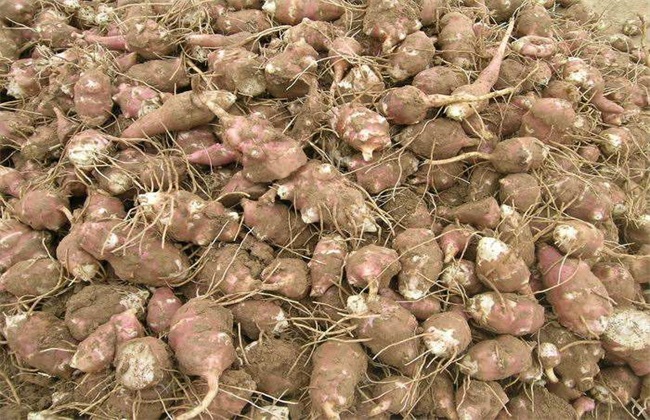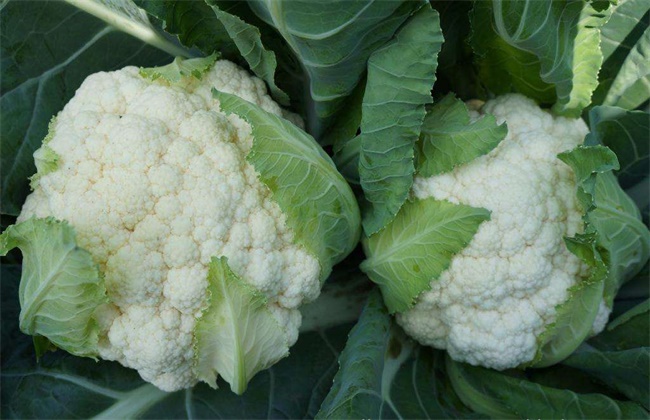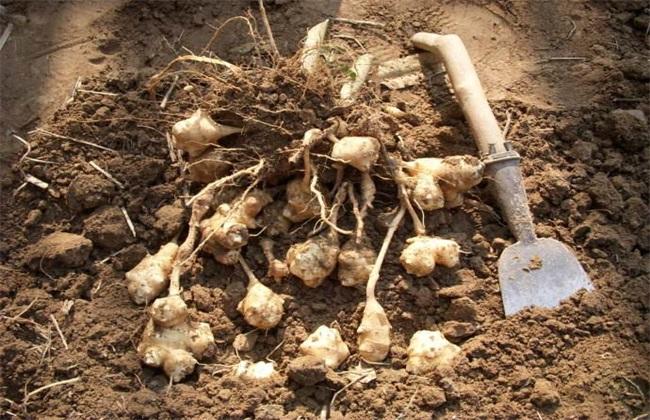Planting method of alpinia officinalis
Alpinia officinarum is a perennial perennial herb, which has a very large planting area in China. The main edible part is the underground rhizome, which can not only be cooked and pickled, but also dried into dried ginger, which is very popular in our country. Alpinia officinalis also has high medicinal value, which can treat nameless swelling, mumps and so on. So how to grow ginger? The following editor brings you the planting method of alpinia officinarum. Let's have a look!

1. Environmental requirements
Ginger likes to grow in a cool and dry environment and has a strong ability to withstand cold and drought. At a temperature of about 5 degrees, tubers begin to sprout and seedlings can emerge at about 10 degrees. Ginger is more adaptable to the soil, but if you want to increase the yield of ginger, you should try to ensure the quality of the soil. Soil PH value should not be over-acid, to ensure that the soil has a strong permeability, soft and good drainage and irrigation capacity. Then it is necessary to do a good job in soil preparation. If the soil is of high quality, it is very beneficial to the yield and quality of ginger.
2. Prepare and sow seeds
The propagation method of alpinia officinalis is mainly rapid stem propagation, and it is generally harvested every autumn and winter. After the tuber is harvested, the tuber with a weight of about 22g should be selected as the seed, and the seed should be stored in sand. It is also possible to choose tubers of suitable size to sow after the soil temperature rises in spring. It is generally appropriate to sow ginger in spring, and the sowing method is hole sowing or furrow sowing. When sowing, the sowing density should be controlled, the plant row spacing should be controlled at about 50cm, and the appropriate amount of base fertilizer should be applied after loosening the soil. The base fertilizer should not be too much to avoid fertilizer damage. Then sow seeds at the right time, sowing should not be too deep, keep it around 10cm, and cover fine soil after sowing.
3. Field management
The emergence time of alpinia officinalis is relatively fast, and generally it can emerge about a month after sowing. After the ginger seedlings are complete, we should pay attention to watering and fertilizing, strengthen the middle ploughing and weeding, and then cultivate the field into a low ridge. If the soil water content is suitable and not very dry, then there is no need to water again. Keep the soil dry and wet until the tuber expansion period. If the stem and leaf growth of the aboveground part is too exuberant, then it is necessary to do a good job of peeling off the top and concentrate the nutrition on the tuber to promote expansion.
4. Timely harvest
The disease resistance of alpinia officinarum is very strong, and there are few diseases in the process of its growth, so it is basically unnecessary to use pesticides. However, it is occasionally harmed by aphids, which can be eliminated by spraying water after the occurrence of aphids. The harvest time of alpinia officinalis is usually after the annual autumn frost. When harvesting, the tuber is dug out directly, and then the soil on the tuber is cleaned and then it can be listed on the market. If you want to keep the seed, then choose to leave some small tubers to bury them in the soil during harvest. Seedlings can emerge in the second year, and then it is necessary to do a good job of replenishing seedlings.
The above is a brief introduction to the planting method of ginger. That's all for today's introduction. This article is for reference only. I hope it can help you all.
Related
- Where is it suitable to grow horseradish in China? it is expected to see the middle altitude horseradish in Alishan.
- How to prevent tomato virus disease reasonably? (Control methods included)
- Many people like to plant towel gourd on the balcony. What are the main points of this method and management?
- What crops can chili peppers be mixed with?
- Fertilization techniques and matters needing attention in Tomato
- What are the grafting techniques for peach seedlings in spring?
- Harm and control methods of root swelling disease of Chinese cabbage
- What are the pests of sweet potatoes? How to prevent and cure it?
- Symptoms, causes and Control methods of navel Rot in Tomato
- The cause of "Cucumber rotten bibcock" in Farmers' planting Cucumber and its Control Plan



